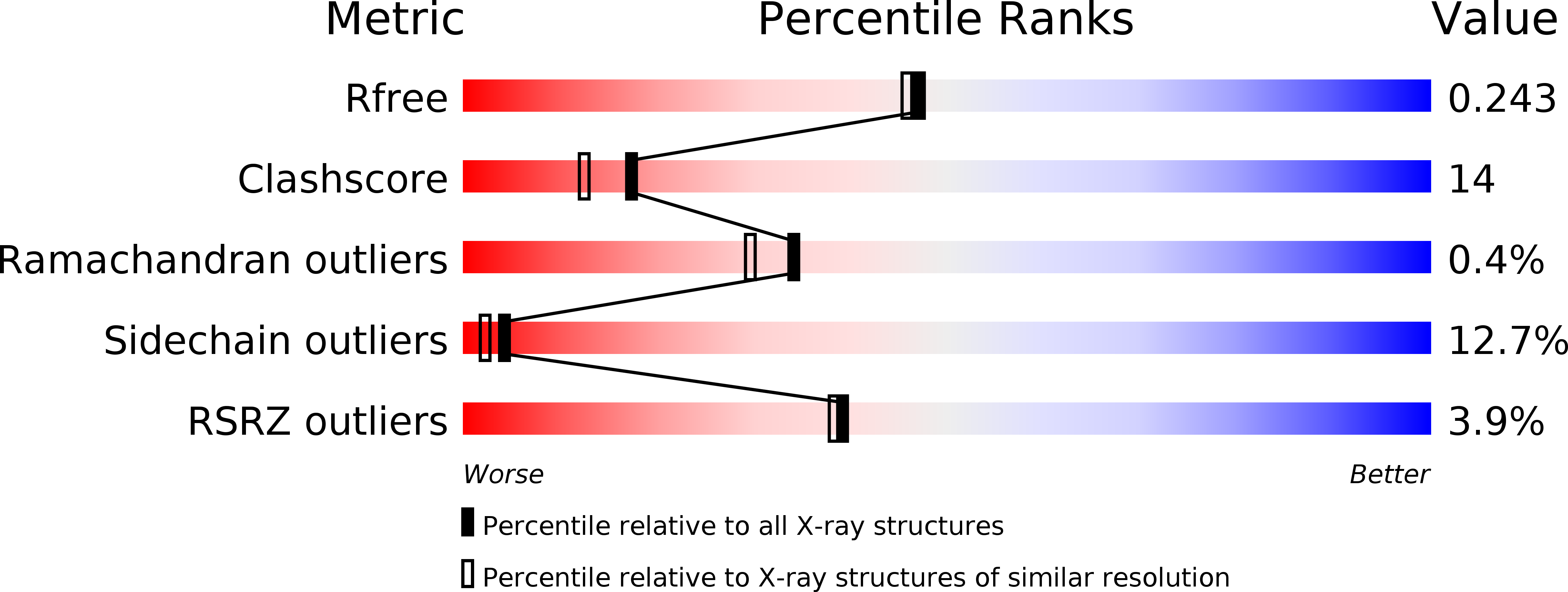
Deposition Date
1999-03-01
Release Date
1999-03-12
Last Version Date
2024-11-20
Method Details:
Experimental Method:
Resolution:
2.00 Å
R-Value Free:
0.28
R-Value Observed:
0.20
Space Group:
P 21 21 21


